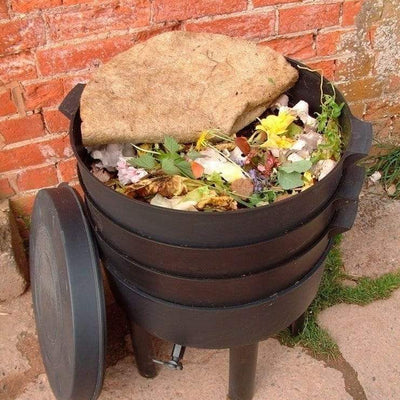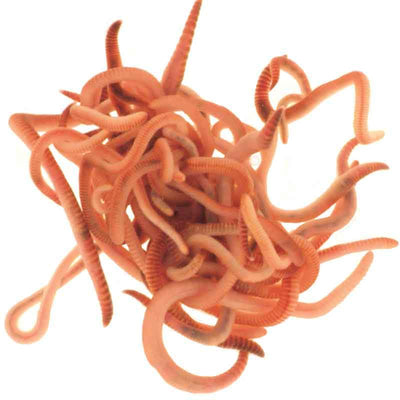Beneficial insects are those which are helpful to us in some way. These include well-known flower pollinators, such as bees and butterflies, and those which are natural enemies of insects that we consider pests. Common examples of predator species are ladybird (larvae and adults) and lacewing larvae Natural enemies are an important component of integrated pest control. In your flower and vegetable gardens, for example, adult and immature ladybirds can quickly reduce a population of aphids, eliminating the need to apply chemicals.
Siting your Bug Boxes
- Fix your box on a south/south-east facing wall, fence or tree. This ensures the larvae have the full benefit of the sun during development.
- You could put your box in amongst bushes or climbing plants or leave it fully exposed.
- Fix your box out of the reach of potential predators like badgers. Between 1 and 3 metres high should be fine.
- Replace the stems only when you're are sure that the larvae have vacated them (usually around May/ June). Ensure that the mud/leaf plugs, made by the parent bees, have been broken as they emerged.






